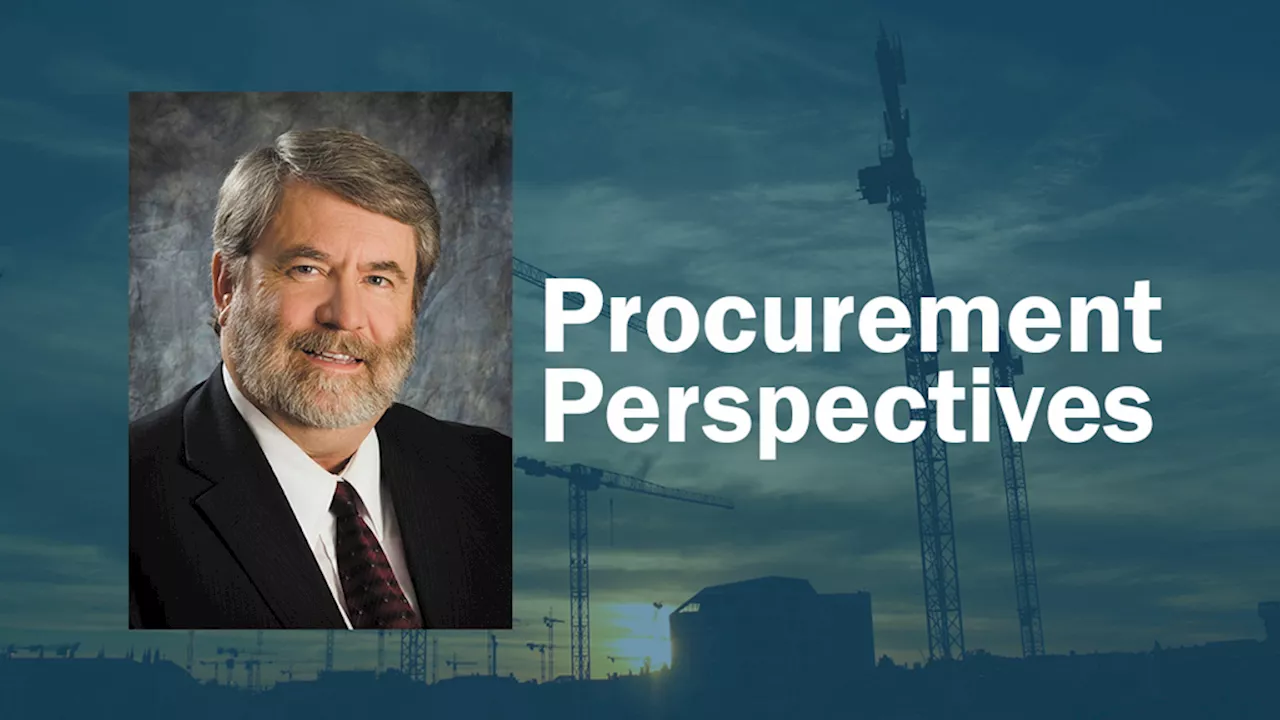This article explores the complexities of life expectancy and its significance in financial planning. It emphasizes that life expectancy is an average, not a guarantee, and highlights the uncertainties associated with an individual's lifespan. The text delves into the factors influencing life expectancy, such as medical advancements, lifestyle choices, and socioeconomic status, and underscores the need to consider these variables when projecting financial plans. Furthermore, it discusses the use of mortality tables in financial planning and encourages financial advisors to utilize the appropriate tables based on the client's circumstances.
One important thing to remember about life expectancy is that it’s the average expected age of death for people in a certain group. While most realize it’s an average, many don’t stop to think about what that means.
When talking to clients about financial planning projections, the most common assumption they question is the plan’s timeline: “Why are you projecting it to age 90, 95 or 100?” This question can become a protest when their financial plans show an inability to maintain their desired retirement lifestyle for the plan’s duration. When that happens, many push back with the basic mathematical solution of shortening the plan duration so they can increase spending throughout retirement. More often than not, the big pushback comes in the form of a question: “Why would you project to that advanced age when life expectancy is only 80?”The first and most important thing to remember about life expectancy is the root of the last word: expect. Life expectancy is the age at which we expect the average person within a group to live. Put simply, it’s the average expected age of death for people in that group. While most realize it’s an average, many don’t stop to think about what that means. While the remaining life expectancy of a Canadian at age 50 is 34.01 (to age 84), according to Statistics Canada, there is a 50/50 chance that the average 50-year-old will die before or after that age. What’s more eye-opening to many is just what the distribution of their life expectancy looks like. For example, that same 50-year-old Canadian expected to live to 84 has an approximately 25 per cent chance of dying before 75, a 25 per cent chance of living beyond 91, and a greater than 10 per cent chance of living past 95. The uncertain nature of one’s actual date of death creates uncertainty and a possibility of outliving one’s money, otherwise known as longevity risk.The macro reason is life expectancy has been increasing over time due to medical advances and changes in lifestyle. The average remaining life expectancy of a 50-year-old Canadian in 1950 was approximately 25 years versus the current 34. We have also seen reductions in life expectancy due to COVID-19 and the increased use of opioids in Canada. The key point is life expectancy changes based on the world and society we live in, and it’s not something we can look at today and ignore for 20 years when planning for the future. In addition, on a personal level, if you’re alive today and live to see your next birthday, congratulations – your life expectancy just increased. For example, a 50-year-old today has a remaining life expectancy of 34.01 years, but a 51-year-old has a remaining life expectancy of 33.1, increasing their expected age at death from 84 years and 1 month to 84 years and 11 months. This effect is more pronounced the older one gets. For example, the remaining life expectancy of an 84-year-old is 7.69 years, bringing the expected date of death to approximately 91 years and 8 months. Anyone who doesn’t die is part of the survivor group. At the start of the period, the people who died were bringing the expected average down for everyone else because they were expected to die. Once they’re no longer counted as part of the group, they stop bringing down the average. The simple takeaway is that every year you live, you are expected, on average, to live longer than you were the year before.To complicate matters, there’s more than one set of mortality tables to help us estimate life expectancy and distribution. The population can be segmented into multiple groups, each with mortality calculations based on factors that impact mortality. These include obvious categories such as gender and smoking, but there are also less obvious ones like where someone lives, financial status and even if one is entitled to a pension. Research shows that people with pensions in Canada live approximately six years longer than the general population. Therefore, the general population’s life expectancy significantly underestimates that of a healthy, affluent, non-smoking female with a pension. At the same time, the unhealthy, chain-smoking, financially struggling male with poor health may be grossly overestimated.Utilizing the Canadian Pensioners Mortality Tables. That’s the table used to project the life expectancy of pensioners in Canada, who, as stated above, have longer life expectancies. Projecting a timeline in which the client has a 25 per cent chance of living to said age, not life expectancy, which has a 50 per cent chance of living to that age. Adjusting the period based on the client’s circumstances, such as poor health or a history of family longevity. Testing the plan by looking at the outcome should the client live five years more or less than the tables project. Given that the planning time horizon is one of the most critical inputs for financial planners’ projections, getting it wrong can be costl
LIFE EXPECTANCY FINANCIAL PLANNING MORTALITY TABLES RETIREMENT PLANNING LONGEVITY RISK
Canada Latest News, Canada Headlines
Similar News:You can also read news stories similar to this one that we have collected from other news sources.
 Canadian Immigrant Celebrates 100 Years of Life, Emphasizes Importance of ConnectionTony Vander Beek, a Dutch immigrant who moved to Lethbridge, Alberta, after World War II, is celebrating his 100th birthday. Vander Beek reflects on his life journey, from surviving the war in Europe to finding love and building a life in Canada. He highlights the importance of personal connection throughout all stages of life and shares his gratitude for the opportunities he's been given.
Canadian Immigrant Celebrates 100 Years of Life, Emphasizes Importance of ConnectionTony Vander Beek, a Dutch immigrant who moved to Lethbridge, Alberta, after World War II, is celebrating his 100th birthday. Vander Beek reflects on his life journey, from surviving the war in Europe to finding love and building a life in Canada. He highlights the importance of personal connection throughout all stages of life and shares his gratitude for the opportunities he's been given.
Read more »
 Understanding Stop Orders in Commodity TradingThis commentary provides insights into the placement and utilization of stop orders in the Comex gold and silver futures markets. It explains the three primary purposes of stop orders, emphasizing their role in risk management and profit protection.
Understanding Stop Orders in Commodity TradingThis commentary provides insights into the placement and utilization of stop orders in the Comex gold and silver futures markets. It explains the three primary purposes of stop orders, emphasizing their role in risk management and profit protection.
Read more »
 The Hidden Costs Of Childcare And The Importance Of Fair Arrangements With FamilyThis article explores the high cost of childcare, highlighting the significant financial burden it places on families. It emphasizes the importance of fair and mutually agreeable arrangements when relying on family members for childcare, such as setting clear expectations and adhering to agreed-upon conditions.
The Hidden Costs Of Childcare And The Importance Of Fair Arrangements With FamilyThis article explores the high cost of childcare, highlighting the significant financial burden it places on families. It emphasizes the importance of fair and mutually agreeable arrangements when relying on family members for childcare, such as setting clear expectations and adhering to agreed-upon conditions.
Read more »
 Unusual 911 Calls Highlight Importance of Emergency LineThis article discusses the Top 10 unusual 911 calls received in 2024 by E-Comm, highlighting the importance of using the emergency line for life-threatening situations.
Unusual 911 Calls Highlight Importance of Emergency LineThis article discusses the Top 10 unusual 911 calls received in 2024 by E-Comm, highlighting the importance of using the emergency line for life-threatening situations.
Read more »
 Understanding Alimony in DivorceThis article explores the concept of alimony in divorce, examining its purpose, the criteria for its award, and the evolving gender dynamics surrounding it.
Understanding Alimony in DivorceThis article explores the concept of alimony in divorce, examining its purpose, the criteria for its award, and the evolving gender dynamics surrounding it.
Read more »
 Understanding Organizational LeadershipThis text explores the critical aspects of understanding an organization and its environment from a leadership perspective. It emphasizes the importance of asking the right questions, reflecting on the answers, and adapting leadership approaches to the specific needs of each organization. While acknowledging the unique challenges of different organizations, it highlights common problems faced by leaders across various sectors.
Understanding Organizational LeadershipThis text explores the critical aspects of understanding an organization and its environment from a leadership perspective. It emphasizes the importance of asking the right questions, reflecting on the answers, and adapting leadership approaches to the specific needs of each organization. While acknowledging the unique challenges of different organizations, it highlights common problems faced by leaders across various sectors.
Read more »
